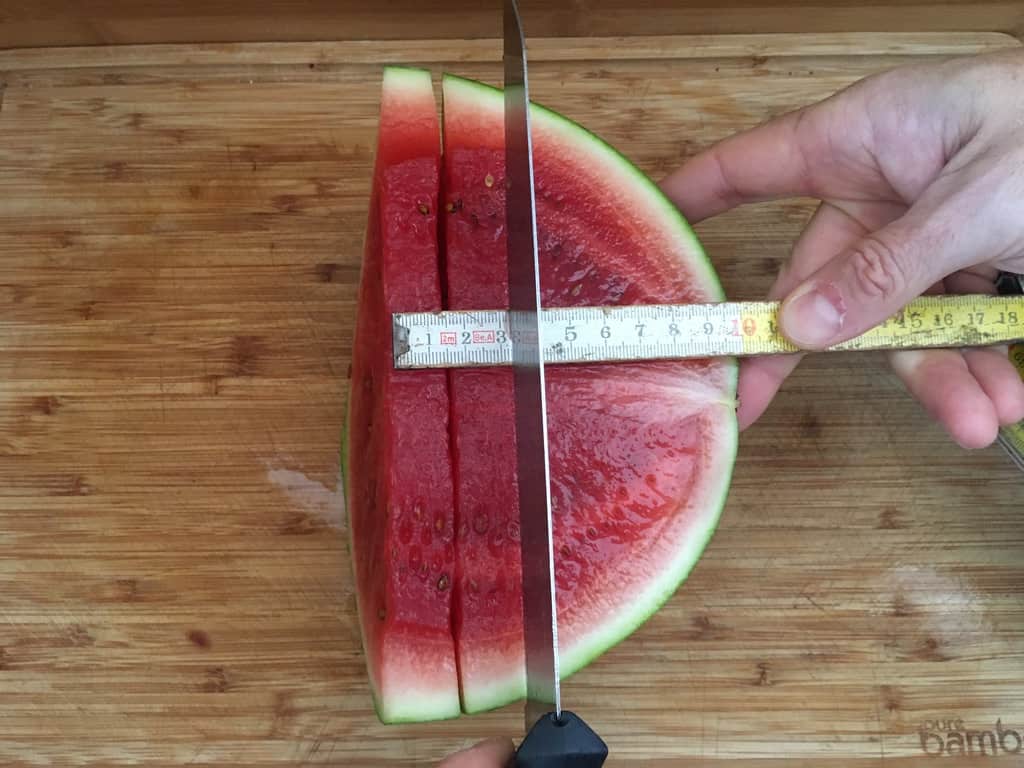
What is the fairest way to slice up a watermelon? A juicy question that you might never have considered unless you are suddenly given the task at a children’s birthday party. Well, physicists in Belgium, France and Italy have now tackled the problem using geometry and calculus. After cutting the whole watermelon in half along its length and then in the middle to yield four equal quarters, the researchers discovered that this “half rule” fell away when then trying to slice the watermelon up into equal thin portions. Instead they found a ”2/3 rule”. So for a spheroid watermelon of length 10 cm, for two slices, the first slice should be made at 3.5 cm along the length but for three slices, the first slice should be 2.1 cm and the second 4.2 cm. After doing the calculations, the researchers tested them on a 4 kg watermelon and used Archimedes principle to confirm the slice volumes were equal. Eureka!
A week or so ago the illusionist David Blaine floated over the Arizona desert while hanging on to a bunch of helium balloons. Now if you want to do this – and I am not recommending it – how many balloons would you need? The physicist Rhett Allain has done all the heavy lifting and provides the answer in “Let’s calculate how many balloons David Blaine needed to float”.
Counterfeit drinks cost the UK economy more than £200 million in lost revenue each year and this is a real concern in Scotland, where whisky production is a multi-billion pound industry. Indeed, rare bottles of whisky can fetch as much as £1 million, so collectors are keen on knowing what is in their bottles – but do not necessarily want to open them to find out.
Now, researchers at Scotland’s University of St Andrews have developed a new laser-based spectroscopy technique that produces a chemical fingerprint of a whisky, without having to open the bottle. Previous attempts at doing this had not been successful because of the strong signal generated by the laser striking the glass. The team get around this by using a ring-shaped laser beam that is tightly focussed on a small region in the liquid. By only gathering the spectroscopic signal from this focal point, they avoided the signal from the glass. You can read more in a paper published in Analytical Methods.
